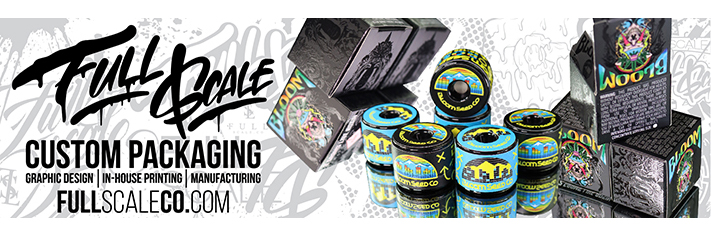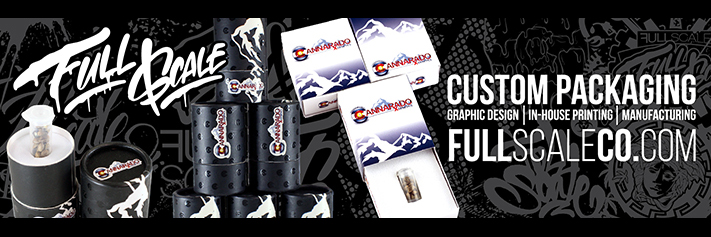Evaluating your soil texture
Soil texture is important, you can put all the best fertilisers in your soil, but if the texture is too far off your plants will not be able to use it, soil that is too "hard" will impead root growth, soil that is too sandy may not hold moisture or nutrients long enough to benefit your plants. So lets get started!
Taking a soil sample
The first thing you need is a soil sample to work with, tests run on this sample will tell the tale of your soils potential.
To collect an sample, scrape away the first two inches of soil and dig a hole 6 inches down. Try to take a sample at this depth that contains as little topsoil or litter(leaves, twigs) as possible, take about a quart or so of soil. Be sure to label it, so you know which plot it came from. Now head home to run some tests.
Soil texture
Evaluating soil texture means you are basicly trying to figure out how dense your soil is, how "soft" or "hard" it is. Various ammounts of different soil components makes the difference.
Most soils are comprised of combonations of Sand, Clay, and Silt. Other components may be Gravel, rocks and Organic materials(Decaying particles of plant matter).
This is a Soil texture triangle-
Each corner of the triangle represents soils entirely consisting of (or mostly) either Clay, Sand, or Silt. In the middle part are the different soils that result from different mixtures of the three.
Here is a different version of the same triangle-
This triangle shows the ideal soils for most cultivated plants(including Cannabis) in purple and blue/green. These soils are known as Loams, they are of the perfect texture for maximum use by your plants roots.
The pink lines show the results of a test done to evaluate a sample of soil.
The soil sample was found to contain: A-58% Sand, B-15% Clay, C-27% Silt.
A dot was put on each side of the scale for each component at the percentage the sample contained for that component. When lines are drawn as shown, the point where they cross reveals what soil type the sample was, in this case, Sandy loam, a very desirable soil for growing.
How to evaluate your soils texture
When you get home, spread the soil sample on a cookie sheet or plate, and allow it to dry if it is moist. When it is dry, pick out any visable pebbles or large pieces of plant matter(roots, twigs), break up any clods.
Now take a straight sided glass jar(a mason jar or Peanut butter jar will do), and place 1 cup of the soil sample in the jar. Also add 1 tablespoon of powdered dishwashing detergent. The detergent is a surfactant, which keeps the soil particles separate, resulting in a more accurate test.
Now fill the jar to the top with water, screw the lid on, and shake the jar for three minutes to thoroughly combine the soap, soil, and water, and to make sure no soil is stuck to the bottom or sides of the jar. Then set the jar on a flat surface to let the sediment settle.
As the sedimentation progresses, check the sample periodically to watch the layers form and note the size of the particles settling out. Sand particles are the heaviest of the three and settle out of the solution after about a minute. The sand layer is coarser in texture than the silt and clay. Silt is the next heaviest particle and will settle out after about an hour. The silt layer is darker than the sand. Clay, the lightest particle in the mix, can take from one to two days to settle out of the solution. The clay layer that settles on top is fine textured and light in color.
To figure out the percentages of sand, silt, and clay in the sample, measure the total amount of sediment with a ruler, once it has all settled. This number represents 100 percent of the soil sample. To derive the percentages of sand, silt, and clay in the sample, measure the amount of each layer and divide by the amount of total sample. For example, if the total sample measures 1-3/4 inches and the sand layer measures 1 inch, I divide 1 by 1.75 and get 0.57, which translates into 57 percent sand. If the silt layer measures 1/2 inch, I divide 0.5 by 1.75 and get 0.29, which translates into 29 percent silt. If the clay layer measures 1/4 inch, divide 0.25 by 1.75 and get 0.14, which translates into 14 percent clay.
Now refer to the soil texture triagles above to find your samples soil type.
For general Cannabis growing, soils that fall into any segment of the triangle labeled "loam" are good. If you are lucky enough to have soil like this, you should be good to go as far as soil texture goes, you can move on to testing your PH and planning how you will feed your plants, for the rest of us with less than perfect soil, please read on.
Clay soils-
Clay is very dense, the more clay that is in your soil the harder it wil be to grow good crops in it. Clay soils drain poorly, and don't absorb Oxygen well, plus thay can be very hard for your plants to spread roots in.
If your soil consists of 40% or more Clay, I would advise replacing one quarter of each holes soil with Peat moss, Coco coir, weak compost, potting soil, or Perlite, a combo of Perlite and Peat or Coco coir would be perfect!
If your soil contains 50-60% Clay, I would advise replacing half of each holes soil with Peat moss, Coco coir, weak compost, potting soil, or Perlite, a combo of Perlite and Peat or Coco coir would be perfect!
If your soil contains 70% or more clay, I would advise completely replacing each hole's soil with Potting soil.
Sandy soils-
Sandy soils aren't too bad too grow in, but nearly pure sand soils don't hold moisture and nutrients so well.
If the soil contains 90% or more sand, I would advise replacing one quarter of each holes soil with organic materials like Peat, Coco coir, or weak compost, too improve moisture and nutrient holding qualities.
Silt soils-
Like clay soils, pure Silt soils can be dense, and need help loosening up.
If the soil contains 80% or more silt, I would advise replacing one quarter of it with organic materials like Peat, Coco coir, or weak compost.
If you who think all of this is a bunch of complicted knitpicking, read here!!
If this seems like alot of trouble, but you are not sure of your soils texture potential, don't fret! There is a easy way out!
When you dig your holes, simply fill them with your favorite potting soil, add 2 tablespoons of Dolomite lime per gallon of soil, and add your fertilisers, simple as that.













 Good info!!!
Good info!!! 


